CHILDREN & PODIATRY: WHEN IS AN APPOINTMENT NECESSARY??
Kids are forever growing and changing so it is hard to know what is just a part of normal development and what isn’t. As parents, we also can’t rely on them to tell us what they are feeling, and we don’t always know what to ask!! So how do you know when you should take your child to see a podiatrist?
To make things a little easier we have compiled a short list of signs to look out for as your children grow. This list is by no means exhaustive but it is a good starting point to make sure you are aware of anything that indicates your child should be assessed.
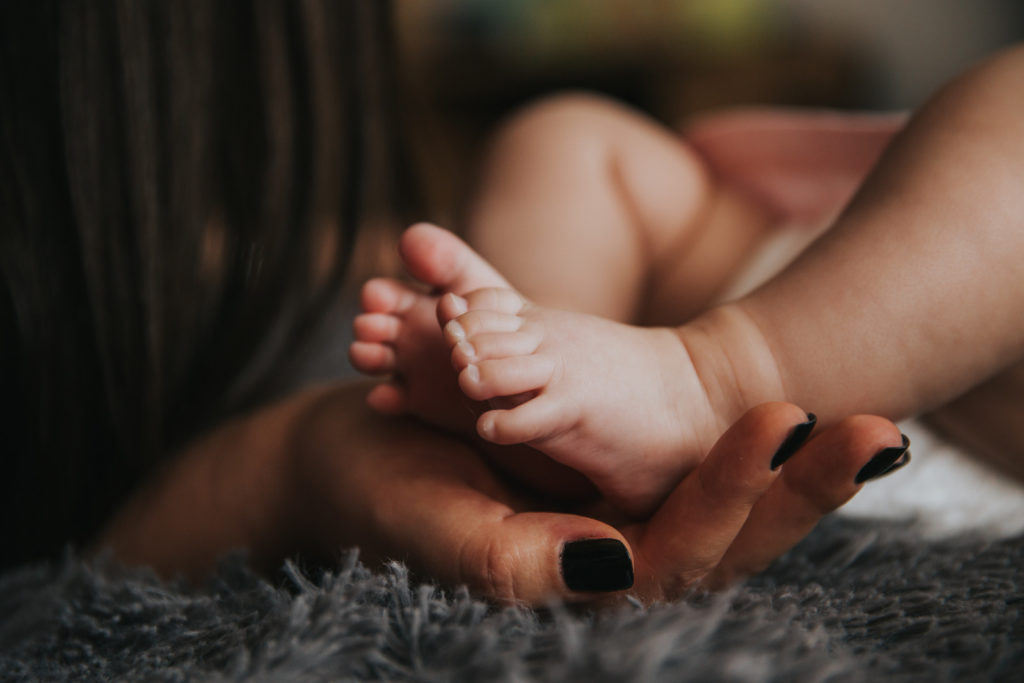
Pain/Limping
If your child is complaining of consistent pain in their feet or legs this is probably the clearest sign that they need to be assessed. Whilst we can expect some pain from time to time, pain of an ongoing nature indicates that something in the body isn’t reacting the way it should. However, you will be surprised what kids can put up with pain-wise so it is important to look for visual cues for pain… the most obvious being a limp. If a child is limping they are usually compensating in the way they are walking to protect the area that is sore… this can sometimes be the first thing you notice which can be a cue to ask them if anything is sore.
Reduced interest in physical activities
If your child is usually very active but then suddenly is disinterested it could be a sign that they are getting pain. To get to this point the pain has usually got to a point that it is quite strong as typically kids will not want to miss out on playing with their friends so will hide their pain for as long as possible for fear of missing out.
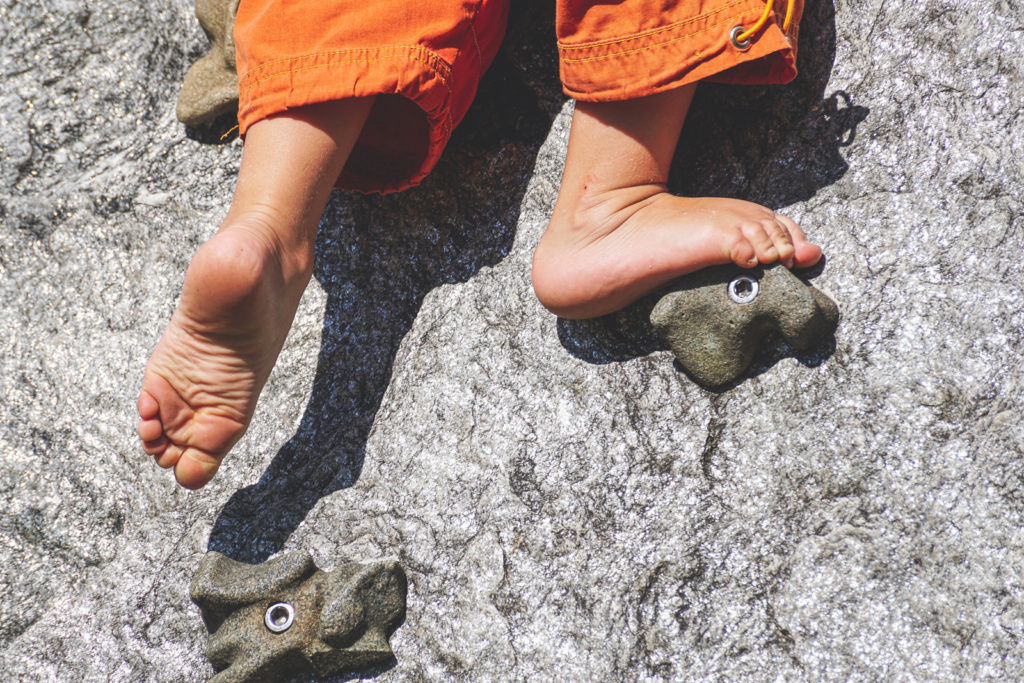
Tripping/Falls/Clumsiness
It is very normal for children to trip, fall and be generally clumsy as they learn to walk because the motor pathways from the brain to their legs and feet are still developing. However, if your child continues to trip or fall once the ‘learning to walk’ stage has passed (sometime between the ages of 9-15 months on average), then this should be assessed. In most cases, this clumsiness can be explained by the way their feet and legs are functioning (intoeing, knock knees etc) or poor fitting footwear but it can also be a sign of more global issues that need addressing.
Inability to keep up with peers
If you notice your child struggling to do what their peers are doing or they are lagging behind when playing sport, then it may be a sign that something is impeding their activities. A visit to a podiatrist will quickly determine if this is due to a foot or leg issue, such as overused/tired muscles due to inefficient gait, that can be addressed via footwear changes, exercises and reassurance.
Flat feet, Intoeing (Pigeon-toed) or Toe Walking
These words sound a bit daunting, right? Well they don’t have to be… but, if your child has one, or more, of these then you want to get them assessed.
– Flat feet: The majority of children will have ‘flat feet’ as part of normal development, with the arches of the feet becoming apparent around 5-6 years of age. However, if this only affects one foot or there is a family history of flat feet and, more importantly, issues associated with this, then a podiatrist appointment would be beneficial.
– Intoeing: Due to the position of the fetus in the womb, children start off with the legs rotated inwards which should reduce to the point their feet point straight when they are walking. If this is not the case and you notice your child walking with their feet turned in, particularly if it only affects one side, then this should be checked.
– Toe-walking: In the majority of cases, toe-walking is a normal variation in that most children do it when younger as a way to see things higher up and should subside by the age of 3. In some cases, this can become habitual meaning they continue to walk like that when older which can lead to tight calves and other gait issues. Whilst usually normal, kids can also walk on their toes if they have pain in the heels (common around 9-11 years of age with Calcaneal Apophysitis or Severs Disease) or if they have an underlying condition such as autism, cerebal palsy, muscular dystrophy etc. For this reason if the toe-walking appears suddenly or if it happens after 3 years of age then it is a good idea to get it checked by a podiatrist.
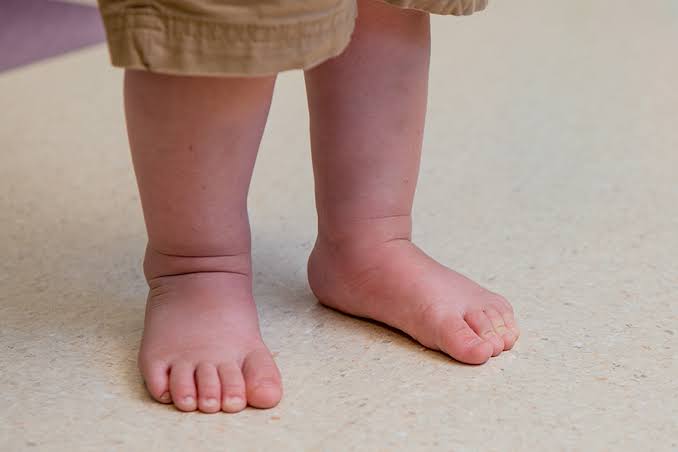
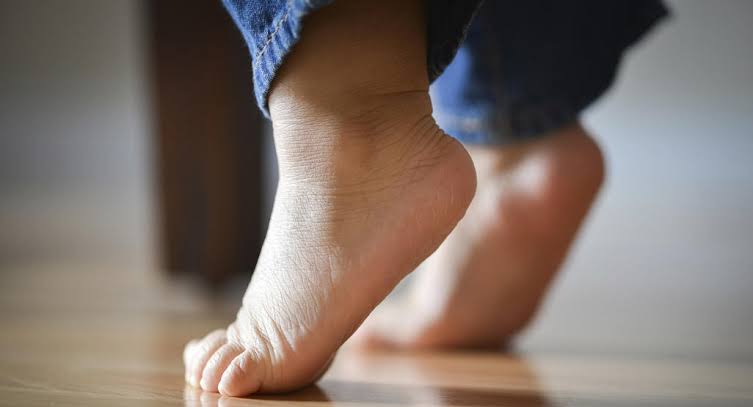
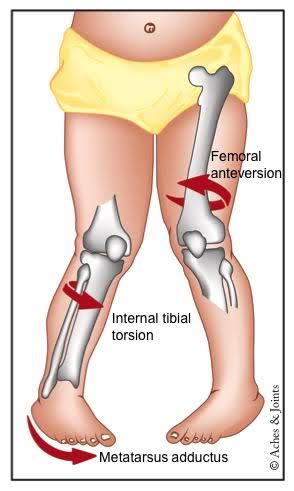
Skin and nail changes
Our feet are often neglected but it takes no time to check your kids feet when drying them after a bath or shower. Common things to look for are:
– Skin: Changes in colour, thickness or the feel of the skin could be a sign of tinea, warts, callouses and/or blisters. Warts and tinea are commonly transmitted in public swimming pools/change rooms so it’s not surprising that these are common conditions that kids can get with most doing swimming lessons or some type of activity using public spaces.
– Nails: Discoloured, thickened nails could be a sign of a fungal nail infection, whilst redness, swelling and pain may indicate an ingrown toenail.
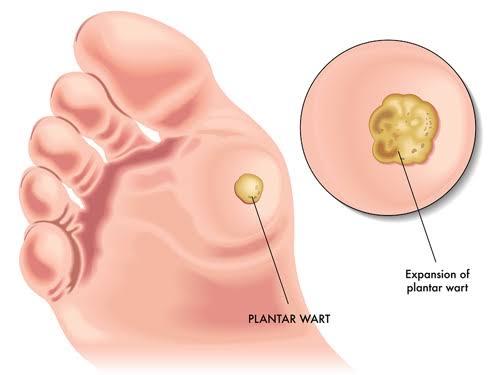
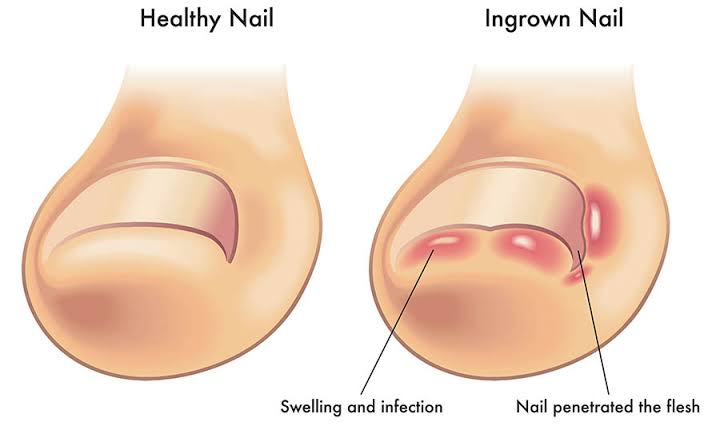
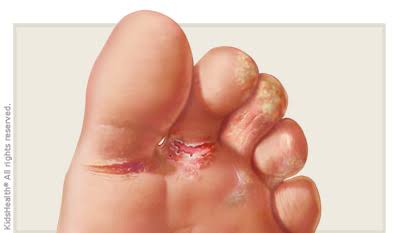
Above all else, trust your gut… if you see anything that concerns you or is different to before then it is worth getting it checked. You may be told that there is nothing to worry about but at least you will have the assurance that things are normal.
To book an appointment with one of our Podiatrists, please call 94805522 or book online via our website.
by Mark Whiteside
1